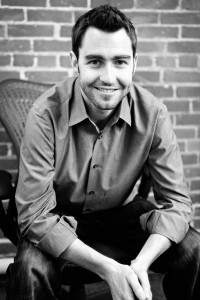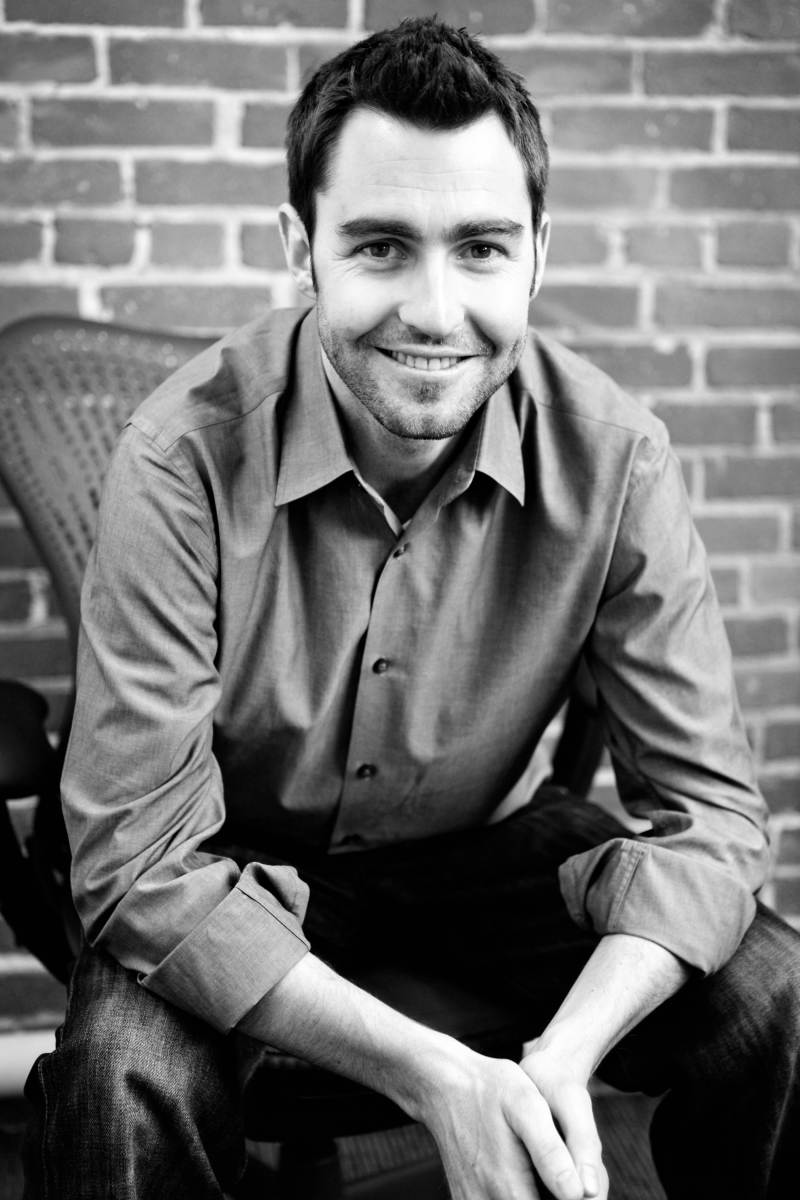Ben Rattray ’02, founder of Change.org, discusses his popular social justice site
Correction: The original version of this article incorrectly reported that Change.org estimates $100 million in revenue within the next three years. Predicted annual revenue for this year is $15 million.
By his junior year at Stanford, Ben Rattray ’02 planned to become a banker, earn a lot of money, then retire and enter politics. A double major in economics and political science, Rattray was well-equipped for such a career path. But after returning home for winter break that year, one of his brothers revealed that he was gay and everything changed for Rattray.

“My brother said the thing that was most painful when he was younger wasn’t the people who were explicitly homophobic or anti-gay that he saw around him, but that people would refuse to stand up and speak out against it, people like me,” Rattray said. “Frankly, I was ashamed in a deep way for the first time in my life.”
Over the following weeks, Rattray realized that finance was not his calling. He wanted to somehow shed light on stories of social injustice and help give a voice to those who had been victimized. Eventually, these ideas culminated in the launch of Change.org in 2007.
The website, founded by Rattray and a former dormmate, Mark Dimas ’02, facilitates the creation of online social petitions to address specific instances of social inequity. Petitions support a host of different causes, including gay rights, the environment, economic and criminal justice, education and immigration. Nearly 15,000 petitions are started each month on the site — a number that continues to grow.
“My concern was that there was a disconnect between general interest in taking action and the specific, practical ways to do so effectively,” Rattray said.
After graduating from Stanford, Rattray received a master’s degree from the London School of Economics (LSE), where he weighed how best he could turn his ideas on social change into action. He then traveled to Washington, D.C., to work as a political consultant, and later as co-founder of GFS, a social entrepreneurship venture that provides software to help nonprofits automate the federal grant application process.
During his time in Washington, Rattray experienced firsthand “how power works” and the many barriers to galvanizing nationwide change through the existing political framework. But when he learned of a new website called TheFacebook (later Facebook), he recognized the incredible potential for connecting large groups of people with the Internet. While Mark Zuckerberg’s website centered on sharing photos and friends, Rattray wanted a website that would unite people based on mutual grievances.
Change.org began as a social networking website designed for people with a common interest in bringing about social change. It shifted focus after Rattray witnessed the power of the online petition in late 2010, when a South African woman named Ndumie Funda used Change.org to start a petition to end the “corrective rape” of lesbians. The petition, which was launched from an Internet café in Cape Town, gathered over 171,000 signatures from 175 countries. In response, the South African government formed a special team to tackle the problem.
Domestically, Change.org attempts to circumvent the political process of lawmaking and debate by focusing its attention only on specific instances of a broader issue.
“Right now, it’s legal in 29 states to fire someone for being gay. Because of that, there are lots of people fighting this national battle for equality around a bill called the Employment Nondiscrimination Act — but it won’t pass in Congress,” Rattray said. “But if you look at the way that the issue manifests itself in local communities, it’s not as divisive.”
A year and a half ago, Seth Stambaugh, a teacher outside of Portland, Oreg., was fired for being gay. In response, angry parents and community members started a Change.org petition that opposed the firing. Supporters sent thousands of emails to the school district and protested at school board meetings to demand Stambaugh’s reinstatement. Eventually, the school district rehired the teacher, issued an apology and passed a lesbian, gay, bisexual and transgender (LGBT) inclusive nondiscrimination policy.
“An individual success like that spawns dozens and eventually hundreds of other campaigns of people fighting the firing of gay Americans in other circumstances,” Rattray said. “This in turn starts to build overall momentum such that it becomes more likely that the national issue will pass in the future because of this aggregation of victories.”
But the most widely felt Change.org petition came in March from the parents of Trayvon Martin, an unarmed 17-year-old boy who was shot and killed by a neighborhood watchman. The petition, which received an unprecedented 2.2 million signatures, helped bring Travyon’s death to the national spotlight.
Charlotte Hill, communications manager for Change.org, remembered the atmosphere at the organization’s San Francisco headquarters while the petition was going viral.
“As excited as we were to see the petition from Trayvon’s parents taking off and gathering support, we all knew that a victory would only be a victory in a certain sense; this kid had died and there was no bringing him back,” Hill said. “But there was also a feeling of pride in our model that it could serve Trayvon’s parents in this way, and that it could allow their story to more easily spread and resonate with people across the country.”
A number of causes affecting the Stanford community have also found a platform in Change.org. The site hosted a petition to the Israeli government to free Stanford graduate Fadi Quran ’10 in February of this year, and is currently hosting a petition to President Obama to commute the 36-month jail sentence of Missouri businessman Shakir Hamoodi, father of Salahodeen Abdul-Kafi ’12.
While the majority of successful petitions succeed independently of any help from Change.org, the organization’s staff, which has grown from 20 to almost 90 in little over a year, plays a role in fostering the development of certain petitions by offering services like peer-to-peer support, campaign advising and media training.
“We look for petitions with an incredible personal story that appeal to a broad swathe of people and that aren’t highly divisive,” Rattray said.
Another part of the team focuses on developing algorithms to match petitions with the people who are most likely to be passionate about the cause. Change.org’s emphasis on technological innovation is reflected in the many rows of computers that fill the organization’s San Francisco office. In fact, Rattray said that without the team’s chief technology officer, Dimas, the organization would not have succeeded.
“The most critical element in the beginning stages of almost any start-up is having someone who is extremely technically competent,” Rattray said. “The only way we got through all the challenges we faced was Mark [Dimas] and his willingness to wake up every day to code at home for 14 hours in his underwear, though he says he was dressed.”
Tyler Rattray, Ben’s brother and executive assistant of Change.org, also made an important contribution to the organization in its early stages. As a college freshman, he loaned his life savings to help keep the organization afloat in its first year.
Four years later, Change.org is now profitable and growing rapidly. This year, the organization will bring in an estimated $15 million in revenue by running campaigns for a variety of organizations such as Amnesty International.
Tyler joined the Change.org team after having a lengthy conversation with his brother about the direction in which his life was headed.
“Ben always talked about the importance of leaving a legacy no matter what you’re doing,” he said. “After our conversation, I realized that building a tool that could give anyone the power to leave their own legacy was such a powerful thing and was something that I wanted to be a part of.”
Looking toward the future, Ben Rattray plans to further expand into the international market and develop the website’s mobile interface. Last year, mobile phone activity accounted for 6 percent of Change.org’s total traffic. This year, that number rose to 28 percent.
“The future’s clearly in the computer in your pocket so we’re spending a lot of time finding more effective ways to engage people through their cell phones to allow for more responsive and dynamic types of organizing,” Rattray said.
When reflecting on his time at Stanford, Rattray said he believes that the culture of audacity that permeates the campus was a key inspiration for him.
“Instead of making it seem like a scary thing, Stanford makes quitting your job, raising money and disrupting an industry you have no experience with seem like the most natural thing in the world,” he said.
